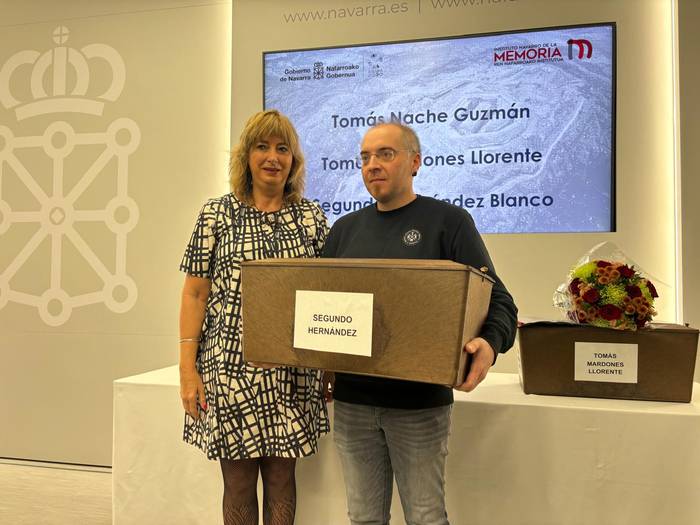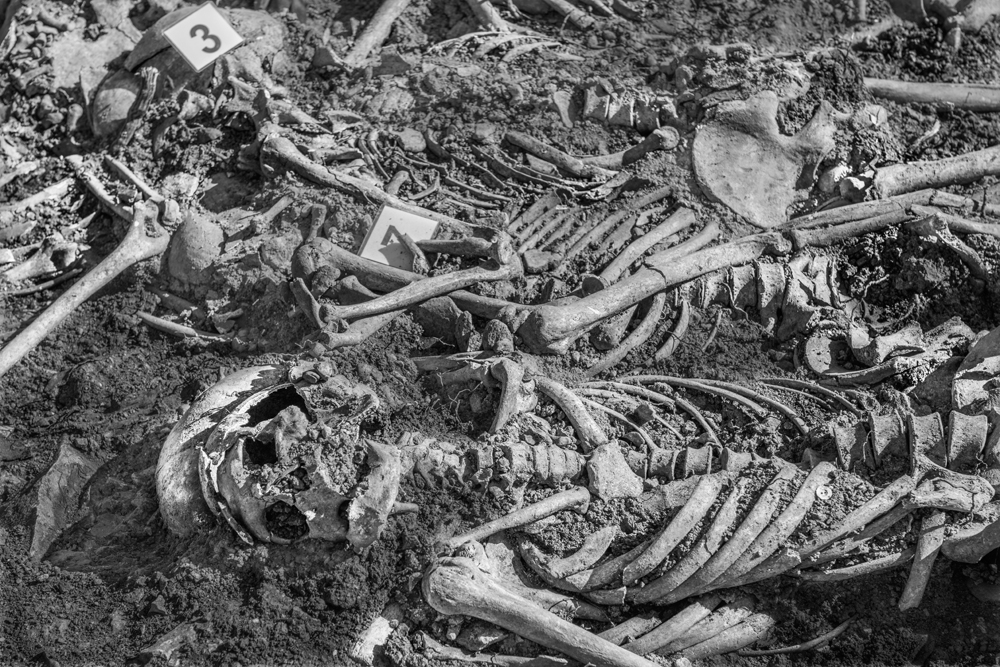The exile of Ezkaba Segundo Hernández, identified in the fossa of Elía del Valle de Egüés
- With Gasteiztarra, nine people have been identified who have been responsible for the flight of the day. In total, data have been obtained from 43 people since the creation of the DNA Bank of Navarra.

The DNA bank of the Government of Navarra has managed to identify another person who has fled the fort of Ezkaba: Segundo Hernández Blanco, de Vitoria-Gasteiz. This is a CNT militant who fled at the age of 19. He was arrested with other young people on July 24, 1936, when he fled Vitoria-Gasteiz in the direction of Otxandio, under the control of the Republicans.
On 8 August 1936, he was sentenced to 20 years ' imprisonment and was admitted to prison in the province of Vitoria-Gasteiz until January 1937, when he was transferred to Ezkaba. His father, Joaquín Hernández, was also murdered on 14 December 1936.
Recently, thanks to a genetic sample provided by a family member and technical improvements to obtain bone DNA, it has been possible to certify that Hernández is.
José María Pastor, collaborator of the Society of Sciences Aranzadi and the Txinparta Association of Ezkaba, was in charge of publishing the tomb in 2015 at the initiative of the City Hall of the Egüés Valley. Three corpses were found. Vicente Mainz Landa, neighbor of Vidángoz, was the first to be identified. And, supposedly, those found in Elia's grave fled by another path, although they were captured and killed by a platoon of Phalanx, buried in the field.
With the identification of Segundo Hernández Blanco, there are already 43 people identified by the DNA Bank of Navarra. Of these, nine are prisoners who took part in the flight.
The Navarro Institute of Memory has insisted that “it is still essential to contact more families of missing and murdered persons after the military coup of 1936”. For this purpose, they have disseminated the email address inm@navarra.es, which will be available on the Internet.
Segundo Hernandez preso anarkistaren senide Lander Garciak hunkituta hitz egin du, Ezkabatik ihes egindako gasteiztarraren gorpuzkinak jasotzerako orduan. Nafarroako Gobernuak egindako urratsa eskertuta, hamarkada luzetan pairatutako isiltasuna salatu du ekitaldian.
Francoren heriotzaren ondoren, 1936ko fusilatuen senideak haien gorpuak berreskuratzen hasi ziren Nafarroan. Hasierako desobiratze haiek ezkutuan egin ziren, erakundeen laguntzarik gabe; hainbat herritar eta apaiz konprometituren ekimena izan zen, Ollakarizketako hobian 1979an... [+]






















